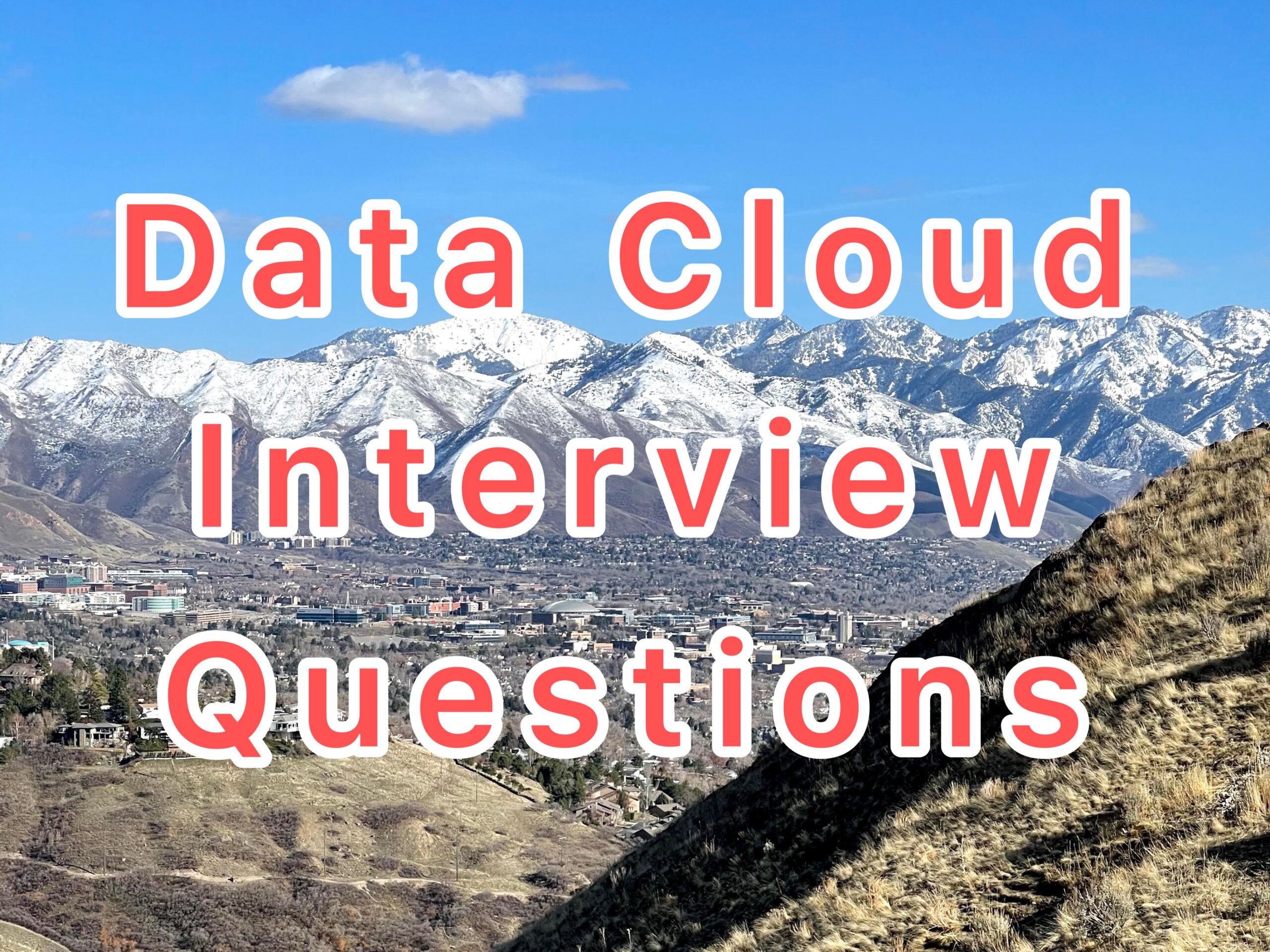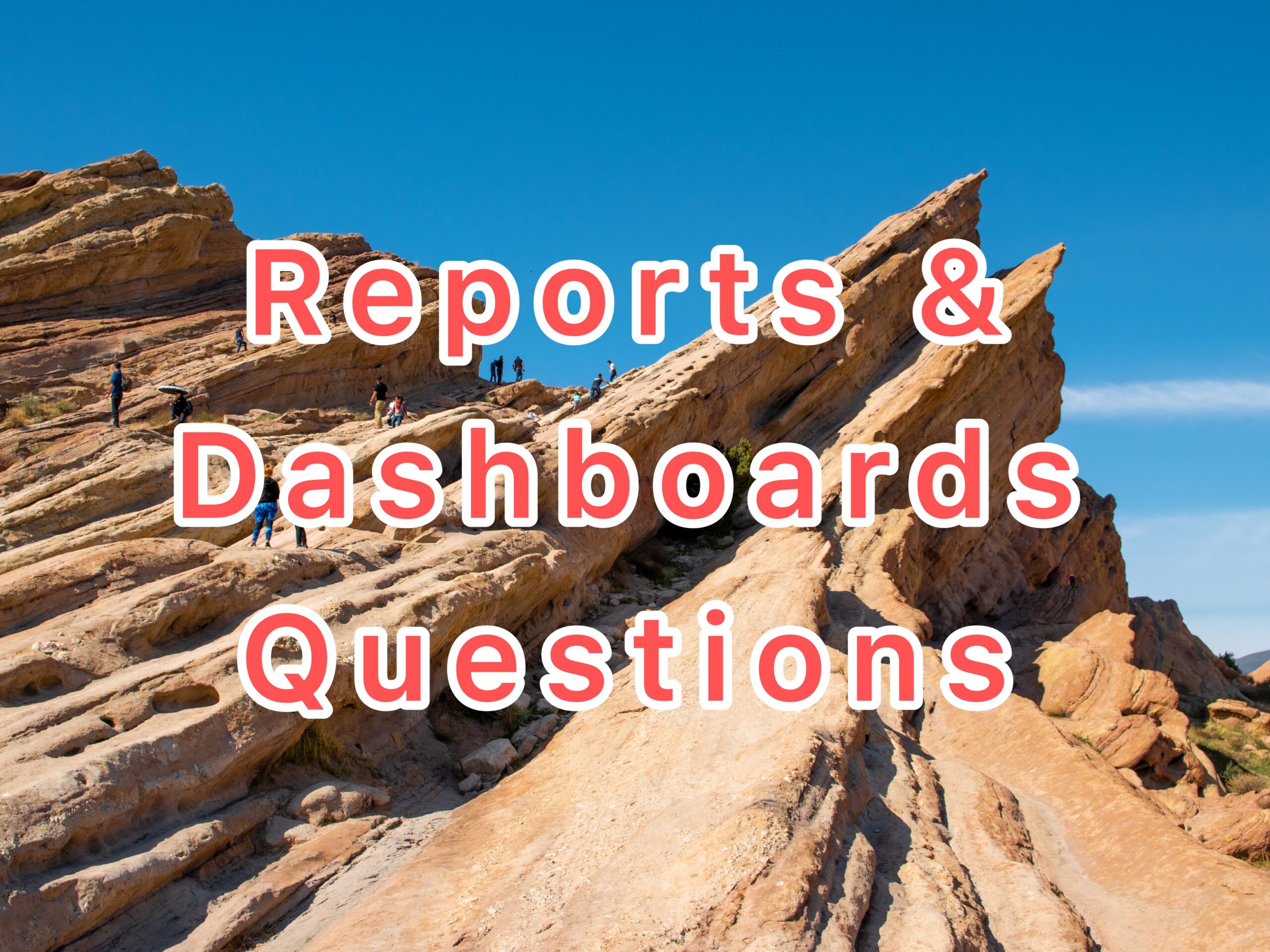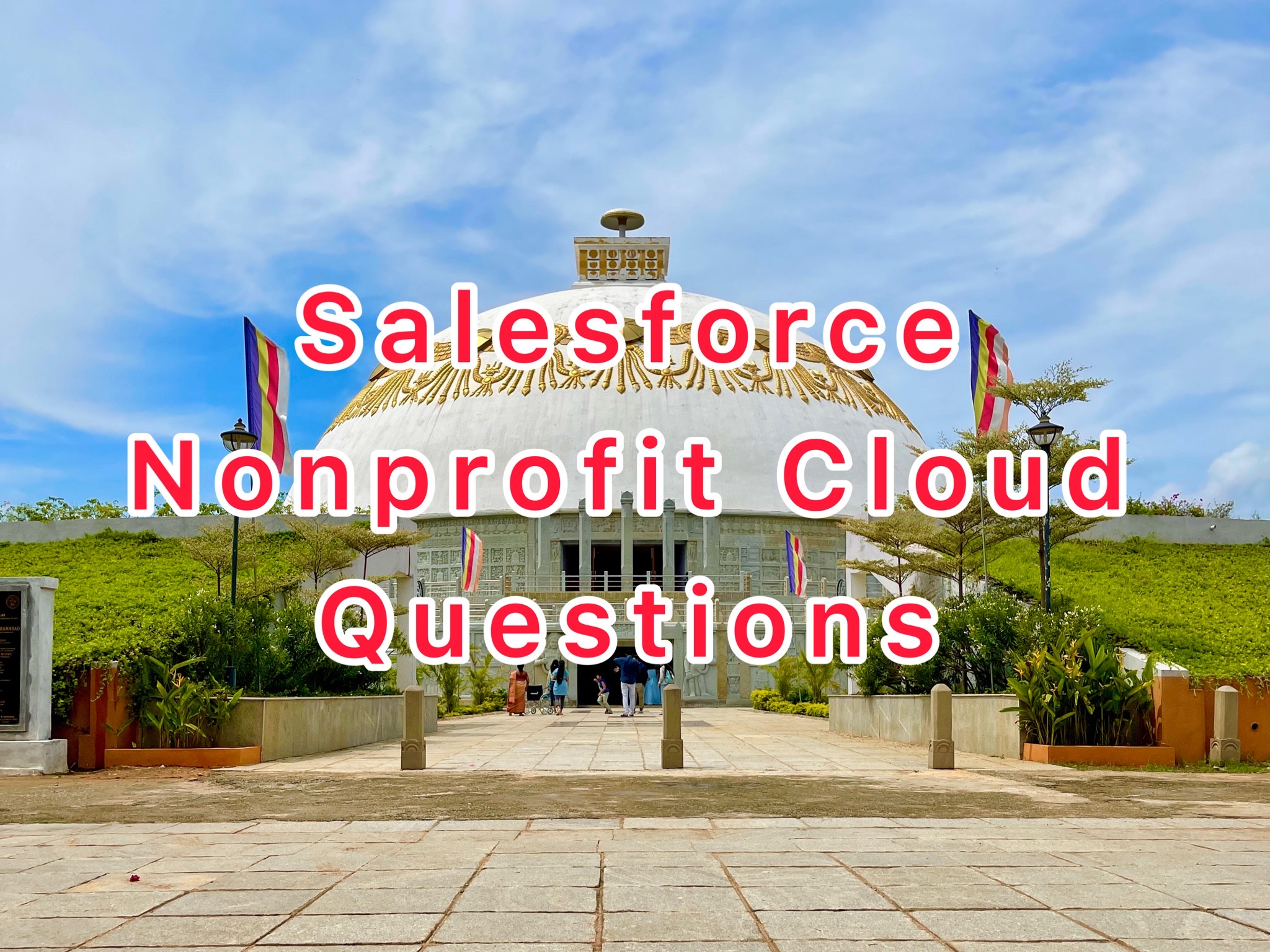Top Salesforce Experience Cloud Interview Questions & Answers for 2024.
Q1. What is Salesforce Experience Cloud?
Experience Cloud formerly known as Community Cloud is Salesforce’s digital experience platform (DXP) is built on the Customer 360. Experience Cloud helps you deliver connected digital experiences.
Q2. What can you do with a digital experience built with Experience Cloud?
Some of the common use cases of digital experience built with Experience Cloud are:
- Customer Service and Account Portals – You can empower your customers to find solutions to their customer-service issues on their own with access to your knowledge base, your service agents, and peer-to-peer support. In addition, give customers access to their data in a member portal.
- Partner Relationship Management and Channel Sales – Increase your and your partners revenue stream by collaborating on opportunities and deals. Onboard partners quickly by sharing content and training materials.
Q3. Explain Experience Cloud Licenses.
| License Name | Description |
|---|---|
| External Apps | Custom digital experiences to engage any external stakeholder, including Brand Engagement and Customer Loyalty. Limited access to CRM objects. The External Apps license can be used with person accounts. |
| Customer Community | Business-to-consumer experiences with large numbers of external users who need access to case objects or knowledge. The Customer Community can be used with person accounts. |
| Customer Community Plus | Business-to-consumer experiences with external users who need access to reports and dashboards and need advanced sharing. The Customer Community Plus can be used with person accounts. |
| Partner Community | Business-to-business experiences that need access to sales data such as partner relationship management. The Partner Community can’t be used with person accounts. |
| Channel Account | Business-to-business sites and portals that calculate their usage based on number of partners instead of number of individual users. |
Q4. What are Login-Bases Licenses?
Each community license can be either a member-based license or a login-based license. To use a login-based license, you first purchase a specific number of logins to be used every month. External users associated with that license consume one login each time they log into a site. However, logging in multiple times during the same day still only consumes one login and, once logged in, switching between sites doesn’t consume extra logins. The ratio between the number of monthly logins you purchase and the number of login licenses that are provisioned in your org is 1–20.
| Member-Bases Licenses | Login-Based Licenses |
|---|---|
| Customer Community | Customer Community Login |
| Customer Community Plus | Customer Community Plus Login |
| Partner Community | Partner Community Login |
| External Apps | External Apps Login |
| Channel Account | Channel Account Login |
Q5. Do Experience Cloud sites have user or role limits?
Following license types recommended based on the expected number of users listed below:
| License Type | No of Users per Org |
|---|---|
| Partner Community, Channel Account, or Customer Community Plus | 1+ million |
| Partner Community, Channel Account, or Customer Community Plus with Account Role Optimization (ARO) | 10+ million |
| Customer Community or External Apps | 100+ million |
Q6. What is Account Role Optimization?
Account role optimization (ARO) is used to ensure the best performance possible for Experience Cloud Sites. ARO minimizes the number of roles created for users with Customer Community Plus and Partner Community licenses. With ARO enabled for an external role-based user who is the only external role-based user on the account, a shared person role is created and assigned to the user. It rolls up to the account owner.
Q7. Explain various Experience Cloud Templates.
Experience Cloud templates let you build responsive sites for delivering rich, branded spaces for your customers and partners.
- Customer Account Portal – for customers to access and update their account information
- Partner Central – for partner channel sales workflows
- Customer Service – lets users post questions to the community, search for and view articles, collaborate, and contact support agents by creating cases.
- Help Center – self-service community that exposes the articles that you make available from your knowledge base.
- Build Your Own (Aura) – provides the basic pages that every Experience Builder site needs such as Home, Create Record, Error, Forgot Password, Login, Login Error, and Register. You can build custom pages as per your need
- Build Your Own (LWR) – based on the new Lightning Web Runtime (LWR) platform
- Aloha – a configurable App Launcher template that lets users quickly find applications and access them using single sign-on authentication, including social logins
- Salesforce Tabs + Visualforce – standard Salesforce structure and tabs that you can customize using Visualforce
Q8. What are Experience Cloud Workspaces?
Experience Cloud Workspaces are used to setup up, and monitor Experience Cloud sites.

Experience Cloud Workspaces includes the following workspaces:
- Builder
- Moderation
- Content Management
- Gamification
- Dashboards
- Administration
- Guided Setup
Q9. Explain Experience Cloud Builder Workspace.
Experience Cloud Builder Workspace lets you brand and design your pages. Create and customize pages, modify or add Lightning components, customize the site’s navigation menu, and manage page-level settings.

Q10. Explain Experience Cloud Moderation Workspace.
Experience Cloud Moderation Workspace can be used to:
- Home Tab – View your site’s home page dashboard and reports for flagged posts, comments, messages, and files.
- Rules tab – Administrators can set up moderation rules and content criteria for the community.










Thank you for the detailed information.